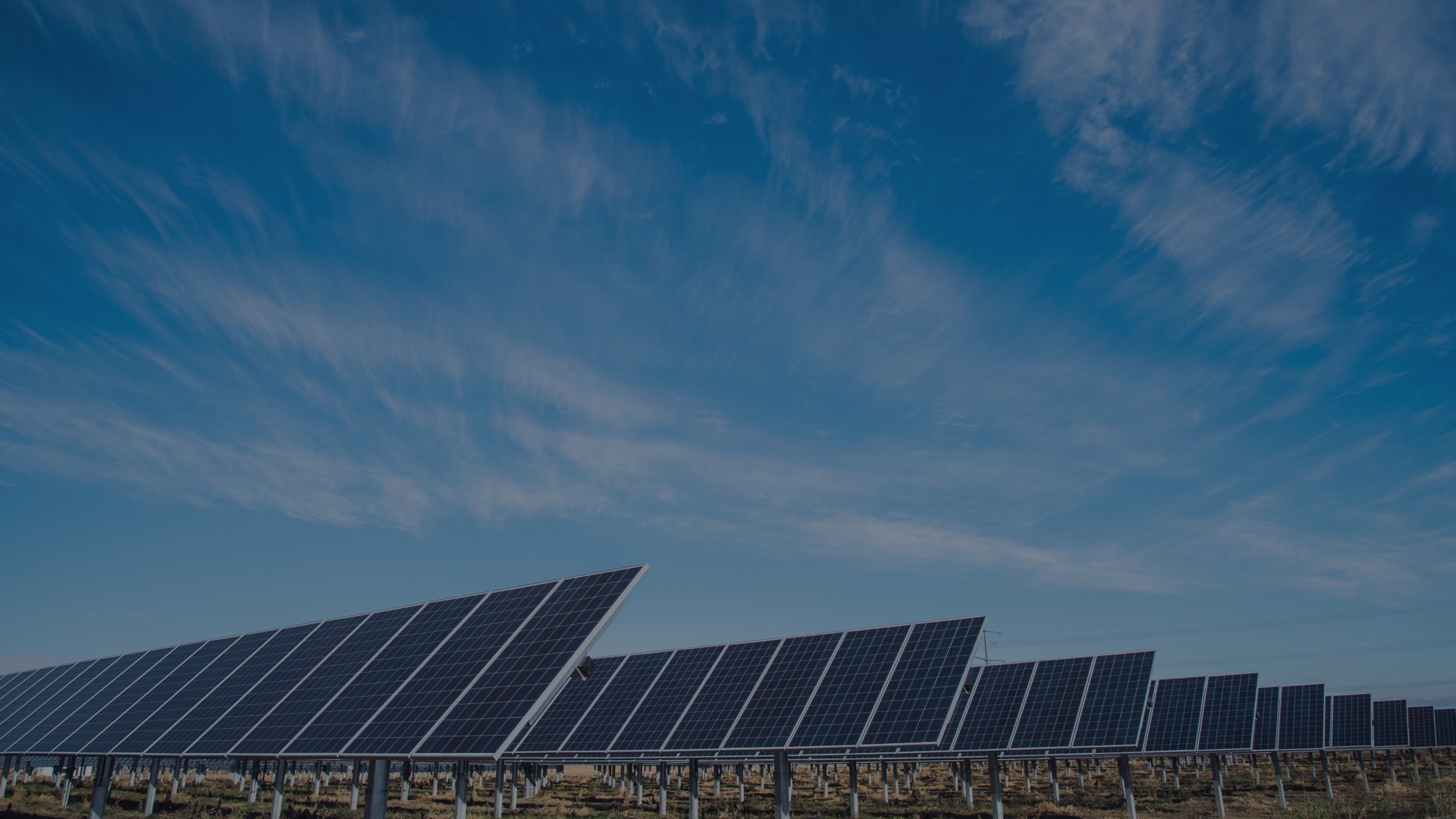The sun has long been used as a source of energy
Homeowners across the UK can now apply for a government grant to cover 50% of the costs of fitting solar panels to their roofs.3,000 grants are available as part of a three year £20 million pound initiative announced by Secretary of State for Trade and Industry Patricia Hewitt in April.
The scheme aims to reduce the UK’s carbon emissions, bring down the cost of solar electricity and dispel the myth that solar energy is a non-starter in the UK’s climate.
The sustainable energy drive is being run by the Energy Savings Trust and they hope to boost household solar installations ten-fold by 2005.
Cost to the homeowner
According to EvoEnergy, one of the EST accredited installers, the cost to the homeowner will vary according to the system used.
“Framed modules range from £6,700 upwards but integrated or bespoke systems can cost £20,000 upwards” they claim on their website.
| Installing solar panels can be an expensive process |
Kelly Butler from the EST, which is administering the grants, confirms that even with a 50% subsidy most systems will still cost around £7,000.
Intersolar is Britain’s only manufacturer of solar cells. Their Chairman, Philip Wolf says that a roof tiled with photovoltaic slates will provide roughly 30% of a household’s electricity.
Saving on bills
Paul Jones of the EST says the average saving on electricity bills would be roughly £60 to £92 a year, though he stressed that this is “dependent on property and usage”.
This does not sound a great deal of money, so it seems the only real reason to install the system is for environmental purposes.
Before the initiative began, Dr Kevin Hard, EvoEnergy said “Most of our customers are wanting to make a green statement, or are people who want to be at the forefront of new technology”.
The EST do not deny that there is “no immediate economic gain” from installing the system and that it could be 60 years before the savings made justify the amount invested by the individual.
Cost may fall
However, the EST hope that schemes such as this will encourage both investment and demand, bringing the cost of solar fittings down.
When this happens, the cost benefit will increase and so undoubtedly will the usage but until then, solar energy may well remain the preserve of the pioneering few.
